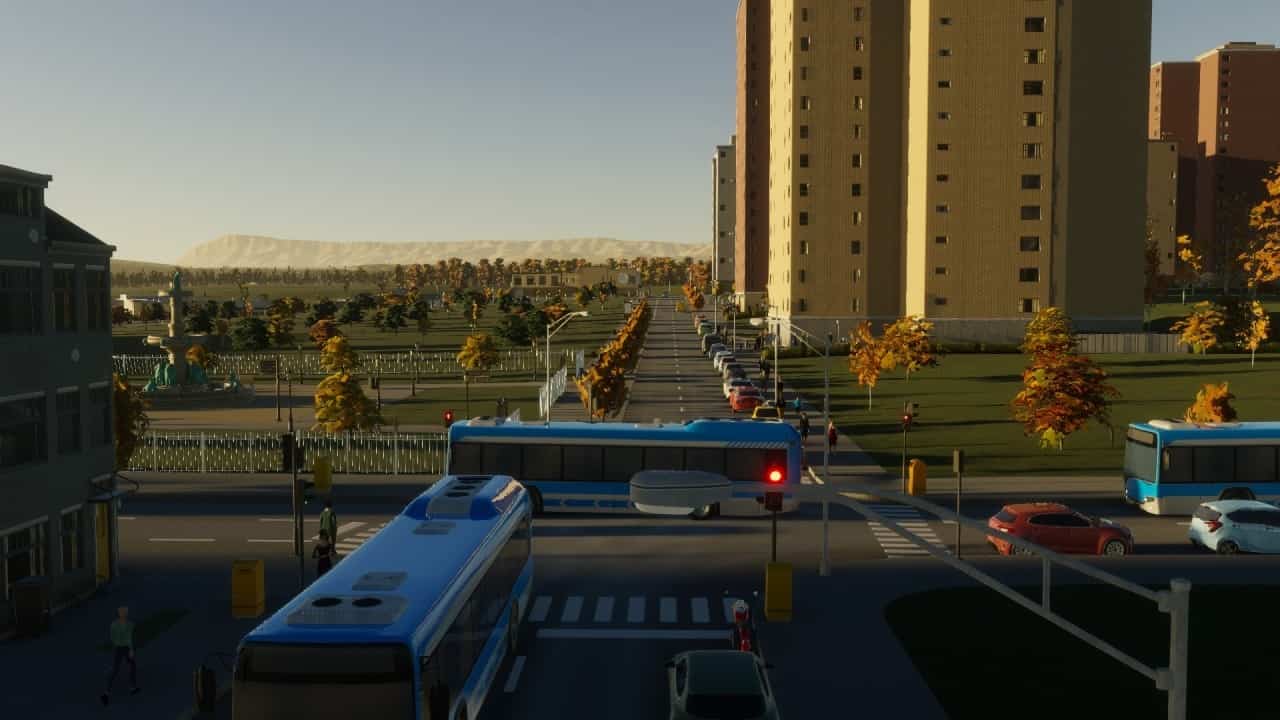Video Gamer is reader-supported. When you buy through links on our site, we may earn an affiliate commission. Prices subject to change. Learn more
Looking for a comprehensive Cities Skylines 2 vs Cities Skylines comparison? With eight years in the oven, Cities Skylines 2 promises to be a massive overhaul of its successful predecessor. But just how much has changed?
While we’ve outlined some of them in our Cities Skylines 2 review, read on for an elaborate breakdown of the new game. Stay tuned to the Cities Skylines 2 release time to enter right when the game launches on PC.
Cities Skylines 2 vs Cities Skylines comparison explained
There are plenty of new features in Cities Skylines 2 that were previously unavailable or exclusive to mods or expansions in Cities Skylines. In addition to quality-of-life improvements, the game has also gained some impressive visuals. After extensively leveling up our cities, we’ve rounded up the most significant changes here.
The original Cities Skylines was already a remarkable feat with its realistic city construction mechanics. Cities Skylines 2 builds on this strong foundation with a host of welcome changes.
New features in Cities Skylines 2
Here’s a list of all the new features in Cities Skylines 2:
- Day-night cycle and seasons – While these are great changes visually, these also affect your city. Traffic is determined by offices and other facilities while electricity costs go up when the weather is too hot or cold. Seasons can also affect the economy and the growth of your city.
- Impressive visuals – The new title trades the cartoony look of its predecessor for realistic visuals with physics-based lighting across a variety of weather conditions. The buildings themselves are scaled more accurately too.
- Natural disasters – Disasters like forest fires and hail storms can impede the growth of your city. While some of them can be detected early, others need to be handled once they hit your city.
- Improved citizen life simulation – Instead of citizens spawning cars and moving about predefined routes, they now have unique routines and needs this time around. Their chain of events will define them. I spotted an elderly person mourning at a cemetery. Expect more such instances in the new game.
- Smaller map times make for a bigger city – While each purchasable tile is about a third of those in Cities Skylines, you can now get 441 map tiles. These don’t even have to be next to each other. This makes Cities Skylines 2 four times as big as its predecessor.
- Improved road placement and overlap tools – Creating complex road networks used to be a chore without mods in Cities Skylines. The sequel saves you time and lets you join roads in nearly any way possible without much of a hassle. Traffic management also seems to be improved with cars using lanes more effectively.
- Roads now have underground water and sewage pipes built-in – While this may seem like a small change, this does away with some of the needless busywork in the previous title. You just need to connect power, sewage, and water lines to improve distribution instead of doing so for every single building.
- Improved zones – Zones that cater to residential, commercial, and industrial needs have now received a notable facelift. You can pick between multiple variants of these spaces, including residential areas that have commercial stores in them. Signature buildings can be unlocked after clearing targets and are a visual indicator of your city’s success.
- New progression system – Instead of relying on population, milestones now depend on actions taken to improve your city. This lets you earn XP and progression points, used to unlock new city services like parking spaces and modes of transport.

Things that Cities Skylines does better
Despite all these improvements, there are some reasons why you should consider sticking to the original Cities Skylines:
- Optimized for older machines – Colossal Order admitted to performance issues in Cities Skylines. And considering the beefy Cities Skylines 2 system requirements, you may be better off sticking to the older title for now. Updates can minimize this issue but don’t expect old PCs to breeze past these requirements.
- Exhaustive set of mods – Cities Skylines 2 mods are in an uncertain place. This is due to Paradox Mods taking over and the game dropping Steam Workshop support. While near-essential mods can arrive on the platform eventually, they won’t be there at launch. This means the older title will have access to mods like Traffic Manager: President Edition and Move It.
- Impressive expansions – With several expansions that add new assets and even game modes, Cities Skylines has received some impressive attention from Colossal Order over the years. While the sequel should outdo it in the long run, there’s a clear winner at the moment.
That covers the Cities Skylines 2 vs Cities Skylines comparison. The sequel improves on a lot of things that make picking it up the easier choice. But sticking to the older title offers benefits too. If you ask us, Cities Skylines 2’s improvements are well worth the price of admission. Read up on the Cities Skylines 2 pre-order bonuses before your decision. The game drops this October on PC while Cities Skylines 2 on Xbox and PS5 is expected to launch sometime in 2024.

